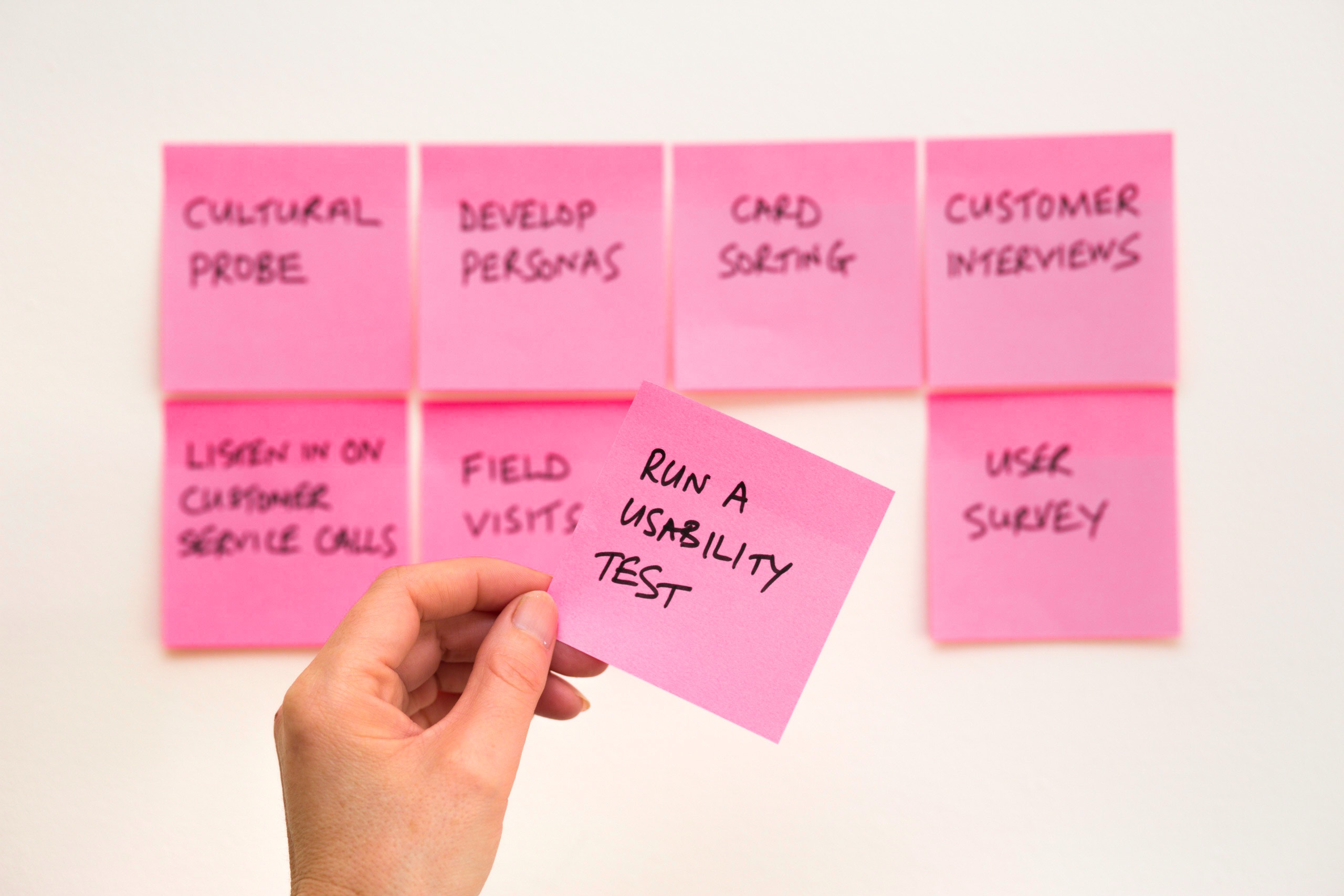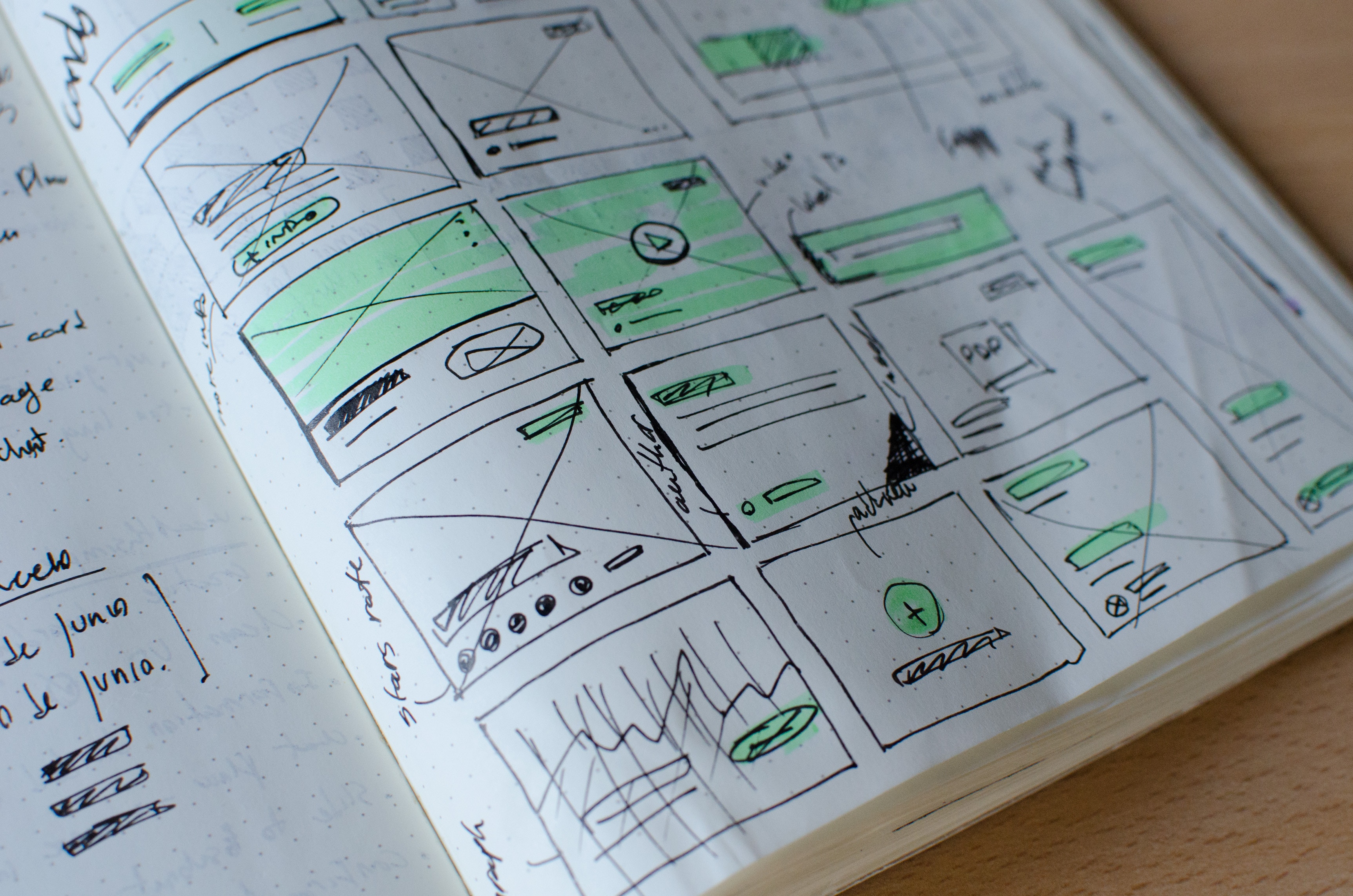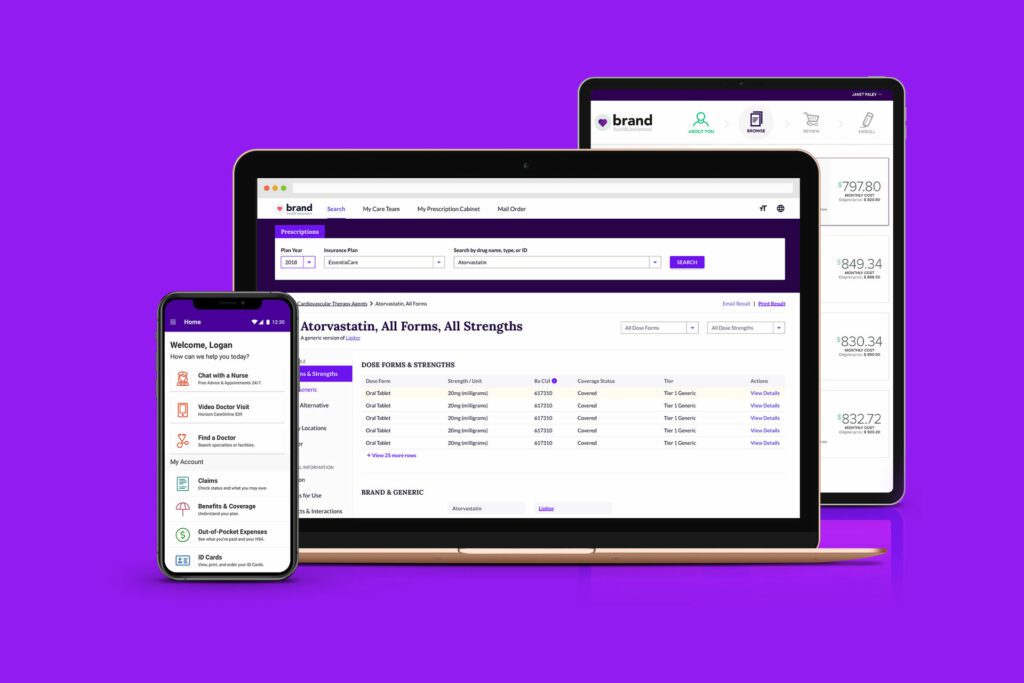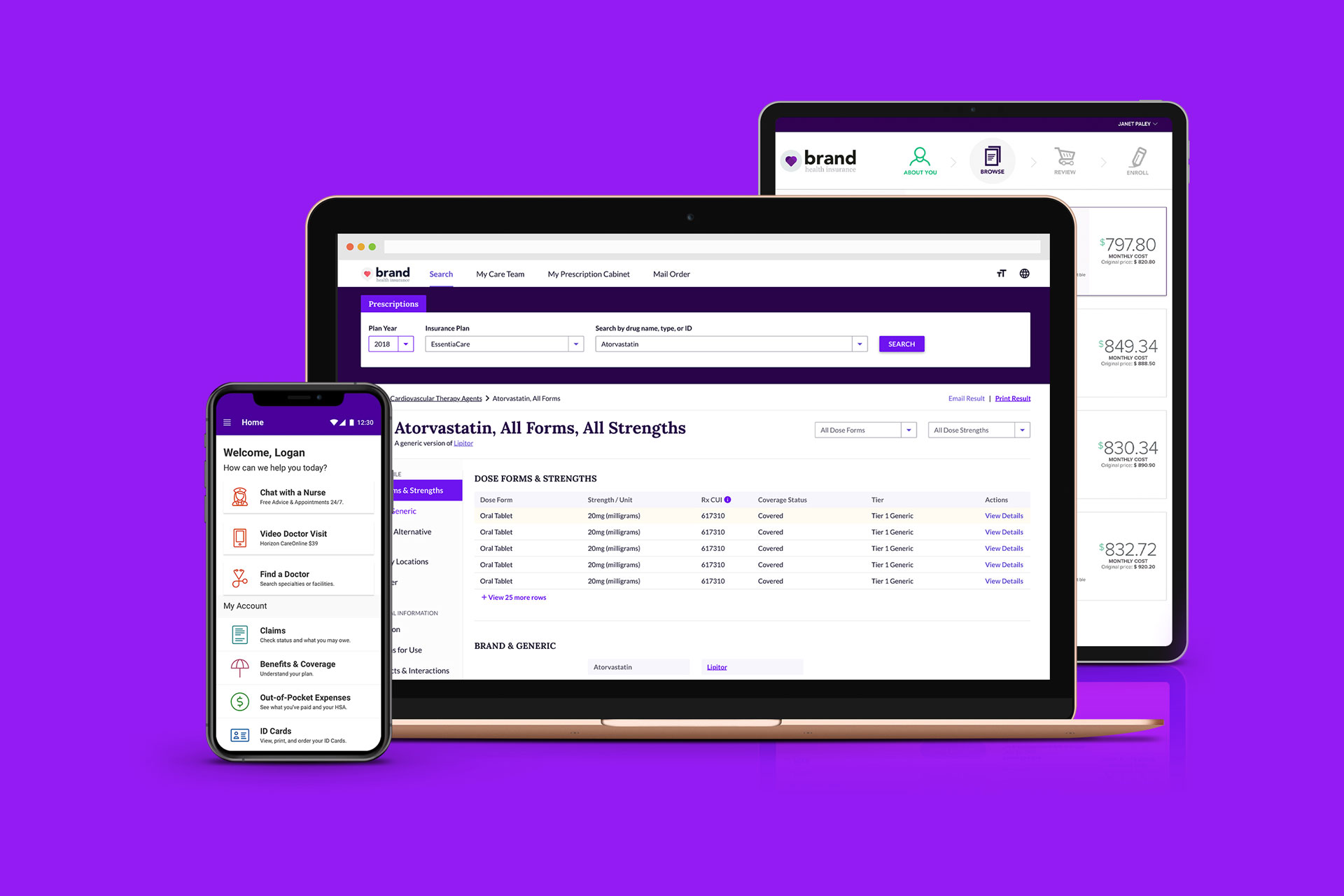Design is an extremely subjective field. Everyone has an aesthetic preference, so everyone has an opinion on good or bad design, especially when designing products or brands. If you check the comments of the Brand New social media posts, design professionals disagree on branding all the time. Brand executions I find amazing are given harsh, valid criticisms from designers with different tastes than mine.
We like what we like, and it’s usually tough to sway a person’s feelings. It’s like trying to get a hot sauce lover to give up the spice; it’s not happening. The same goes for designing products. Business owners have a stake in the success of said product design. That can lead to them applying their aesthetic preferences to a particular product. That is where things tend to hit a snag.
The problem that many designers face is sometimes a product or brand strategy hits all the right points to provide solutions for the client. It is then met with hesitation, or worse, outright disdain. The dreaded “I don’t like the way this looks” or some variation of that can derail an excellent design. The issue is that business owners and stakeholders lose sight that they are not the end-users. That isn’t always the case, but you often design a product for a client with a client base of their own. That user base is the end-users, and we are creating for them.
While developing product designs, I’ve had such complaints, and I always wonder how to show the value of the execution without getting bogged down in personal aesthetics. It all comes down to what you present and how you do it.
Design products, then test them. Then, test them again.

Never walk into a presentation without data. How do you argue with data? If you can validate your designs with people who will end up using the damn thing, your design foundation is rock solid. Suddenly, “I don’t like it” is not a valid criticism. You have hard, quantifiable evidence that an important group likes it. And they are looking forward to buying the thing they like.
Always meet the business requirements.

Never present without knowing with absolute (ok, maybe 81%) certainty that your solution has met all business requirements. If you can ensure that you have solved your client’s pain points and every requirement is met, personal taste becomes less of a factor. Your solution can reduce drop-off rates by 20%, or the new Call To Action module can capture 10% more leads. Suddenly, the color you chose for the button isn’t such a sticking point.
Present in Black and White

Speaking of color, don’t show any. Color is the most subjective thing there is. One of the most common questions in the world is, “What’s your favorite color?” Leave color off until the end, and when you do splash on the good stuff, make sure you can answer all the why of your color choices. A nice trick is to test in color and then present in B/W. That way, you also have data to back up your color decisions, but you still avoid stakeholder color bias. Color hate is real, folks.
Don’t dismiss feedback, but don’t incorporate it all.

Design by committee sucks. If every piece of feedback were incorporated into every project, it would never get done and appeal to no one. Having a central point of contact who has the final say on product design is invaluable. Unfortunately, a design request can come from all over, unbeknownst to any other team member. I have had Project Managers and even developers make design change requests to me outside of proper channels, and when I didn’t make them, people would make a big show of why their feedback was incorporated. Know when to implement and when to log it.
“Not loving” is not the same as “Not working.”

If you are hit with an “I’m not loving the look of this.”, what comes after that makes all the difference. If that sentence is coupled with “the colors are…” or “I don’t like the font…” that doesn’t mean your solution is busted. It just means the person speaking has a personal preference and is expressing that. If you have the data to back up your why’s (see above), you should have a basis to discuss your decisions and why each was made. Just know you can’t make everyone happy. But you can make the business money. Then they will be happy. Stick to your guns and reiterate why things are the way they are. Try and move them away from the “I don’t like this/that” and get them closer to “this doesn’t solve X or Y.” You can fix a problem. You can’t fix taste.
Realize when you are too close.

Never let people’s personal preferences get to you. This is the career. It requires thick, hairy skin (check) and the will to take it on the chin when a stakeholder or CEO “doesn’t like it.” Come prepared with solutions, alternatives, and an open mind. Then go home and tell your friends or significant other about how so-and-so has NO IDEA WHAT THEY ARE TALKING ABOUT! Then maybe play Destiny 2 to decompress. Just saying I am looking for a Fireteam on PS4…
Wrap it up, Carl. You’re rambling again.

Want to discuss this topic further? Drop me a line on my contact page to discuss designing products for the right people.

